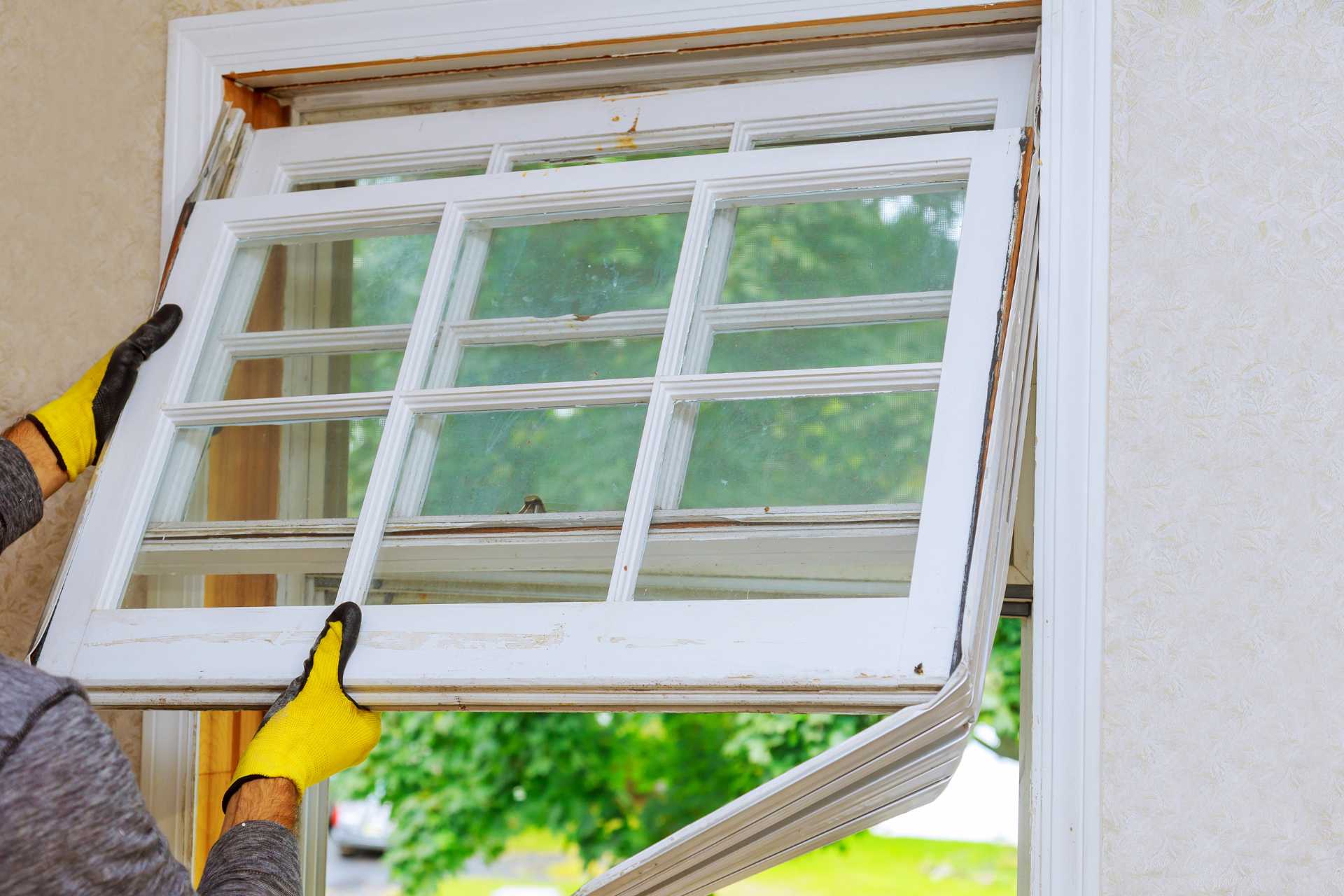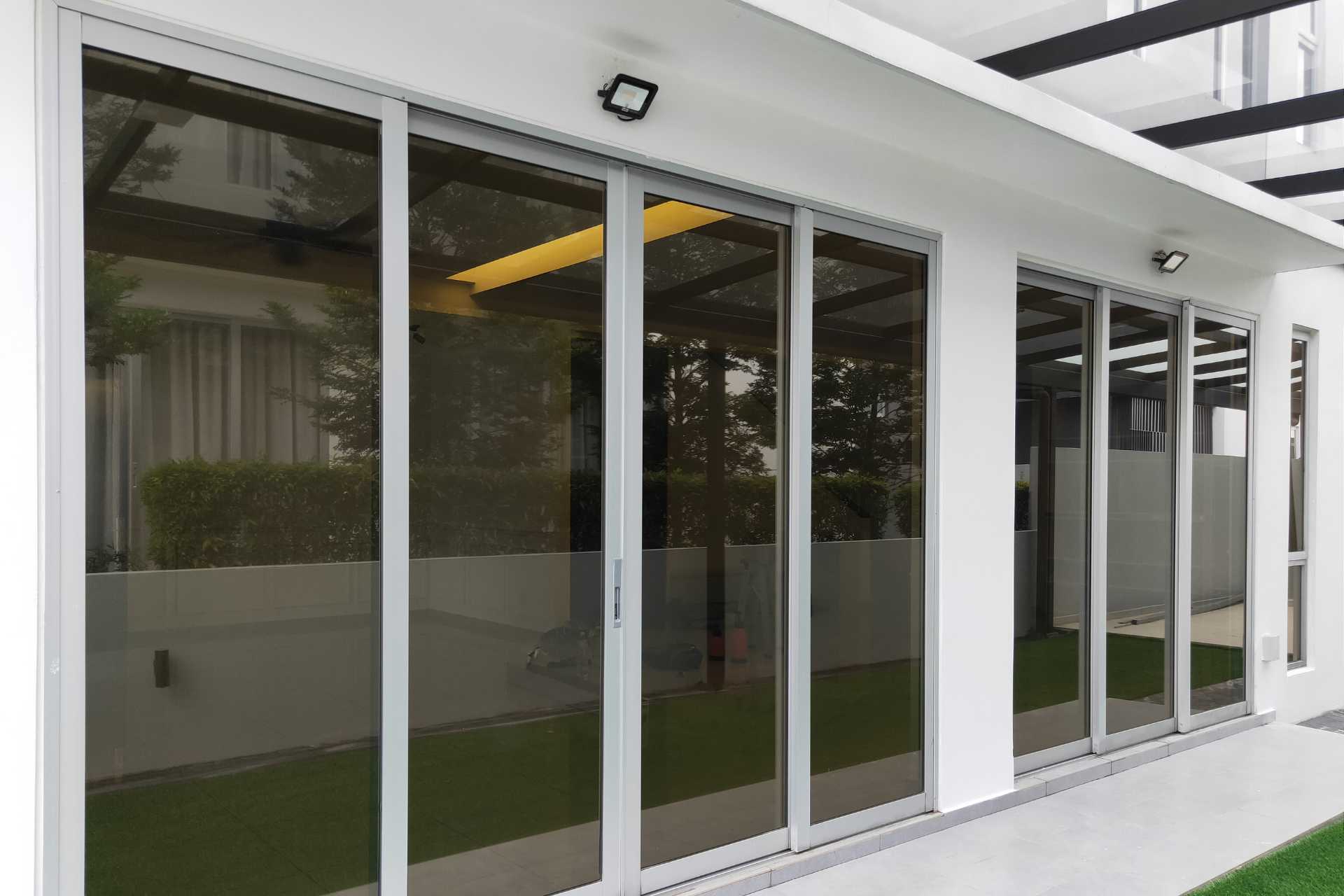In the quest for more energy-efficient and environmentally friendly building materials, one standout innovation is Low-E, or low-emissivity glass. This advanced glass technology plays a crucial role in modern architectural designs and window replacement, combining energy conservation with aesthetic flexibility. Let’s delve into what Low-E glass is and explore the manifold benefits it brings to buildings and homes.
Section 1: What is Low-E Glass?
Low-E glass refers to glass that has been coated with microscopic layers of metallic oxides. This special coating is designed to minimize the amount of infrared and ultraviolet light that passes through glass without compromising the amount of visible light that is transmitted. There are mainly two types of Low-E coatings: passive Low-E coatings, which are primarily designed to retain heat, and solar control Low-E coatings, which reflect solar radiation to keep spaces cooler.
Section 2: The Science Behind Low-E Glass
Emissivity Explained:
Emissivity measures a material’s ability to emit infrared energy. Regular glass has high emissivity, allowing heat to pass through easily. Low-E glass, however, features a much lower emissivity due to thin metallic coatings, reducing heat transfer. This keeps interiors warmer in winter and cooler in summer by reflecting heat back to its source.
Metallic Coatings and Their Function:
These coatings are composed of materials like silver or tin oxide. They are optimized to reflect infrared wavelengths while allowing visible light to pass through. They keep heat inside during cold months and reflect external heat in warmer months. The choice of coating—passive or solar control—depends on climate needs, with passive coatings suited for cooler climates and solar control for warmer ones.
Dual-Action Performance:
Low-E glass is designed to perform in various climates, balancing heat reflection and light transmission. This ensures energy efficiency without sacrificing natural light and visibility, making it an essential technology for sustainable building designs.
Section 3: Benefits of Low-E Glass
Energy Efficiency: One of the primary benefits of Low-E glass is its potential to significantly reduce energy costs. By minimizing heat transfer through windows, Low-E glass helps maintain consistent indoor temperatures. This can lead to substantial savings on heating and cooling bills.
Comfort: With its ability to moderate temperature, Low-E glass creates a more comfortable living and working environment. There is less need for artificial heating and cooling, which also means a quieter, more peaceful indoor experience.
UV Protection: Low-E glass cuts down on the amount of ultraviolet light entering a space. This helps prevent fabrics, leathers, and paintings from fading and aging prematurely.
Noise Reduction: Although not its primary function, the additional layering in Low-E glass can help to dampen sound. This provides a slight increase in noise insulation compared to regular glass.
Environmental Impact: By improving energy efficiency, buildings with low-E glass contribute to lower carbon emissions. This aligns with global efforts towards environmental sustainability.
Section 4: Applications of Low-E Glass
The versatility of Low-E glass makes it suitable for a wide range of applications. In residential buildings, windows and skylights use Low-E glass to enhance comfort and reduce energy bills. In the commercial sector, architects often choose Low-E glass for large façades and windows of office buildings and other commercial premises. This is to minimize cooling costs and enhance the exterior aesthetic appeal. The automotive industry also benefits from Low-E technology, particularly in windshields and sunroofs, where it helps keep car interiors cooler and protects occupants from UV rays.
Section 5: Considerations When Choosing Low-E Glass
When selecting Low-E glass, it’s important to consider the specific needs of your building project. Factors such as the local climate, the building’s orientation, and desired aesthetic outcomes should guide your choice. While the initial cost of Low-E glass can be higher than standard glass, the long-term energy savings are substantial. These savings, along with improved comfort, provide a compelling return on investment.
Maximizing Efficiency and Sustainability with Low-E Glass
Low-E glass represents a significant advancement in building technology, offering enhanced energy efficiency, increased comfort, and protection from UV damage. Its benefits extend beyond just energy savings, contributing to a healthier, more sustainable environment. Whether you’re designing a new home or upgrading existing windows, Low-E glass is a smart choice that pays dividends in both the short and long term.





